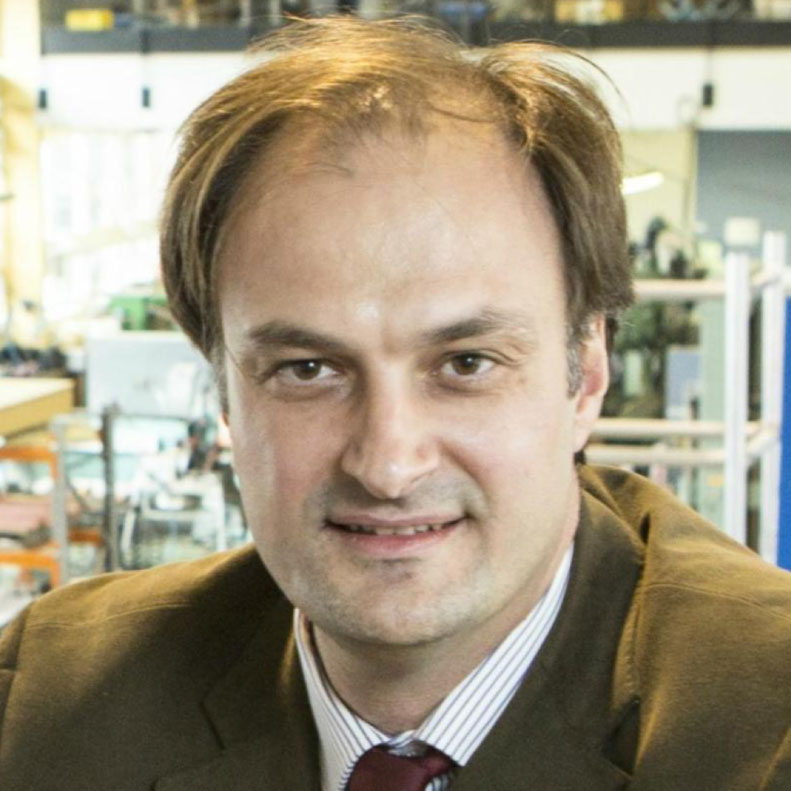Stefano Pampanin is Full Professor of Structural Engineering at the Department of Structural and Geotechnical Engineering at La Sapienza University of Rome since 2015.
He has been Professor of the Structural Design and Earthquake Engineering and Chair of the Structural and Geotechnical Cluster at the Department of Civil and Natural Resources Engineering at the University of Canterbury, Christchurch, New Zealand, where he joined in 2002.
He has been President of the New Zealand Society for Earthquake Engineering (2012-2014) and was nominated Fellow of NZSEE in 2017.
He received his Laurea magna cum laude in Civil/Structural Engineering at the University of Pavia in 1997, a Masters in Structural Engineering at the University of California at San Diego and a Ph.D. in Earthquake (Structural) Engineering at the Technical University of Milan in 2000. He was a Fulbright Visiting Scholar at the University of California, San Diego from 1998-1999.
In the past 20 years, he has dedicated a significant effort in the research and development, codification and practical implementation of innovative solutions for the seismic design of low-damage structural systems in concrete and timber, as well as for the seismic assessment and retrofit of existing RC structures.
Professor Pampanin has been actively involved in a number of national and international code and technical committees for the preparation of design guidelines and standards including: fib, international federation of concrete: WG 7.4, WG7.5 (Co-Chair), WG7.6, WG6.10, WG6.6 (Co-Chair) ACI440-F, NZS3101:2006 (appendix B), Department of Building and Housing (DBH) guidelines for the design, assessment and retrofit of hollowcore floors; current revision of NZS3101 (concrete), NZS3603 (timber), NZSEE2006 guidelines on “Assessment and Improvement of the Performance of Existing Buildings” (Task Leader), Minister of Business Innovation and Employment (MBIE) special technical committees to produce “White Paper on Residual Capacity of Reinforced Concrete Structures”; “Base Isolation Guidelines”; “Guide for Good Practice on Low-damage Design”.
He has been Principal Investigator (PI) or Co-PI of externally funded and competitively granted research project for over NZ$15Million since 2002 with strong focus on development and implementation of new technological solutions for seismic resisting structures, either newly designed or existing ones.
He is author of more than 450 peer-reviewed scientific publications in the field of earthquake engineering, including 130+ journal papers, 17 Book chapters, 2 edited books, 3 patents.
Citations: 9591; H-Index 49; I-10 Index 190 (Source Google Scholar).

